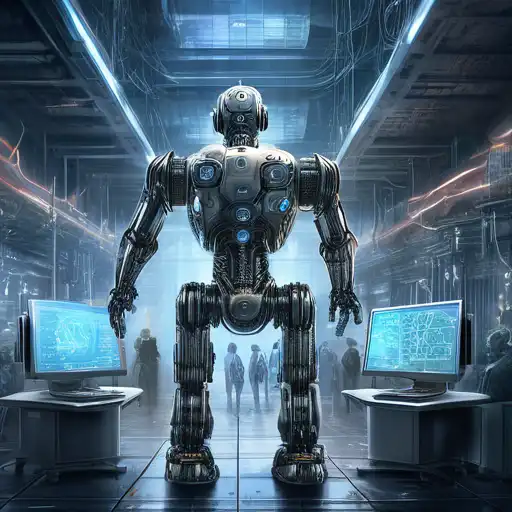Understanding AI and Machine Learning
In the realm of technology, Artificial Intelligence (AI) and Machine Learning (ML) are two of the most talked-about topics. While they are often used interchangeably, they represent distinct concepts with unique applications and capabilities. This article delves into a comparative study of AI and ML, shedding light on their differences, similarities, and how they are shaping the future of technology.
What is Artificial Intelligence?
Artificial Intelligence is a broad field of computer science focused on creating systems capable of performing tasks that typically require human intelligence. These tasks include problem-solving, recognizing speech, learning, planning, and understanding natural language. AI can be categorized into two types: Narrow AI, which is designed to perform a narrow task (e.g., facial recognition or internet searches), and General AI, which can perform any intellectual task that a human being can.
What is Machine Learning?
Machine Learning, a subset of AI, involves the development of algorithms that allow computers to learn from and make decisions based on data. Unlike traditional programming, where humans write explicit instructions, ML algorithms improve their performance as they are exposed to more data over time. ML is behind many of the services we use today, including recommendation systems like those on Netflix and Amazon, and voice assistants like Siri and Alexa.
Key Differences Between AI and Machine Learning
While AI and ML are closely related, there are key differences that set them apart:
- Scope: AI has a broader scope, aiming to simulate human intelligence, whereas ML focuses specifically on enabling machines to learn from data.
- Dependency: AI can function without ML, but ML is a pathway to achieving AI.
- Applications: AI applications range from robotics to natural language processing, while ML is primarily used in data analysis and predictive modeling.
How AI and Machine Learning Work Together
Despite their differences, AI and ML complement each other in many ways. ML provides the foundation for many AI systems, enabling them to learn from data and improve over time. For example, an AI-powered chatbot uses ML to understand and respond to user queries more effectively as it processes more conversations.
The Future of AI and Machine Learning
The integration of AI and ML is driving innovation across industries, from healthcare to finance. As these technologies continue to evolve, we can expect more sophisticated applications that further blur the lines between human and machine capabilities. The future holds immense potential for AI and ML to solve complex problems, enhance productivity, and create new opportunities for growth and development.
For those interested in diving deeper into the world of AI and ML, exploring data science and emerging tech trends can provide valuable insights into how these technologies are being applied today and what the future may hold.
